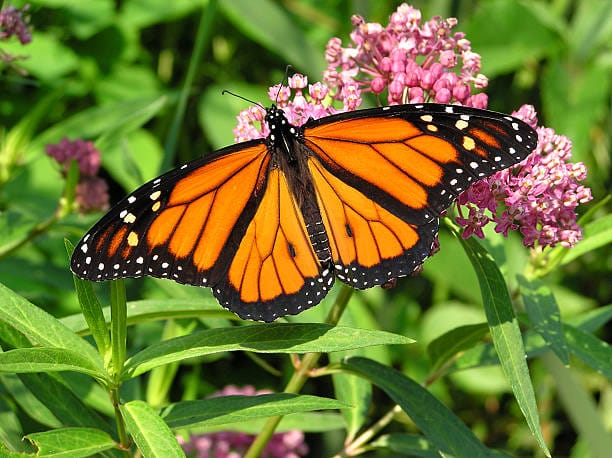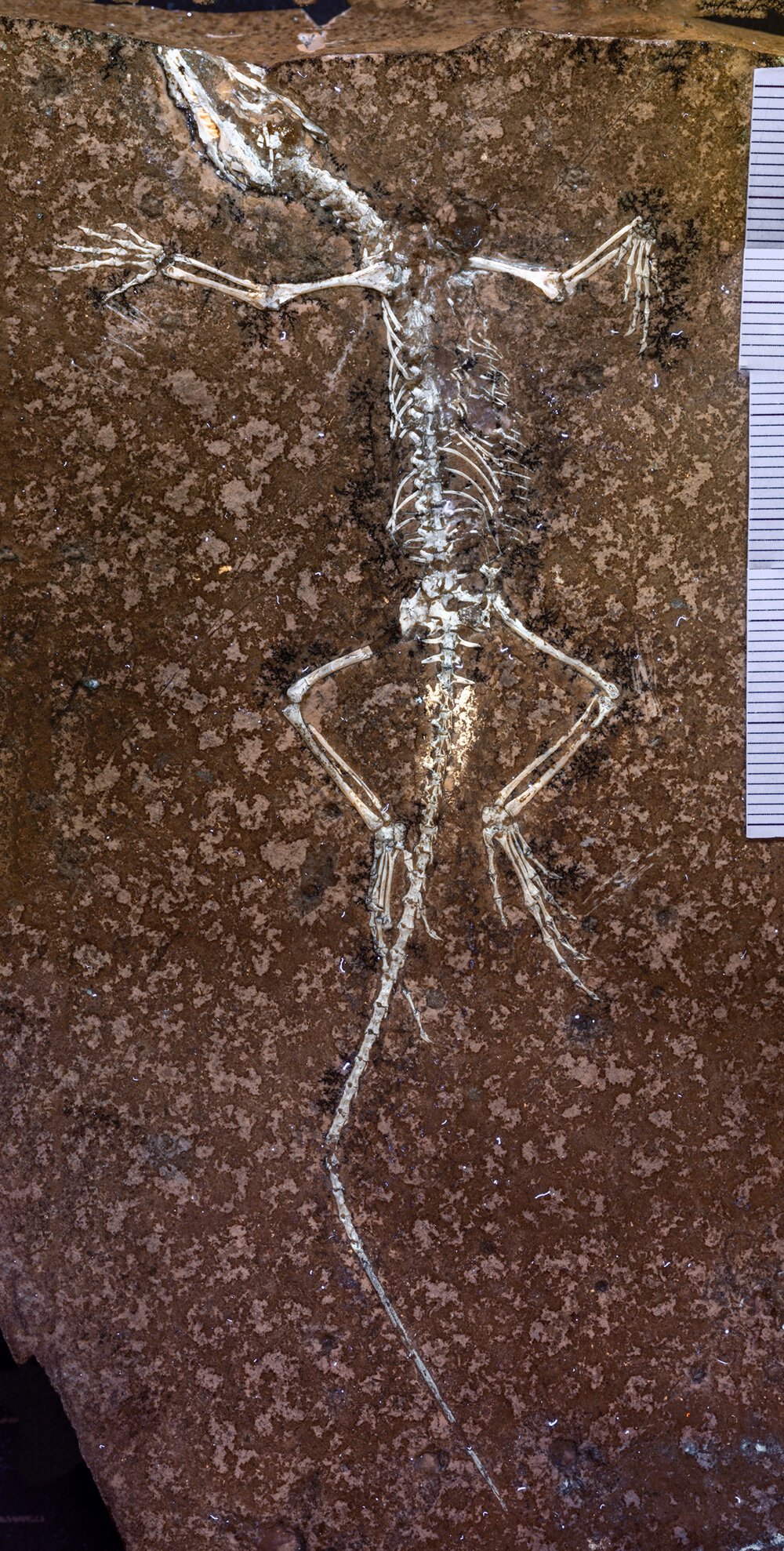Have you ever wondered why humans wear clothes? Sure, there are practical reasons—protection from the elements, modesty, cultural norms—but one undeniable factor is that we dress to make an impression. Whether we want to attract attention or avoid it, our clothing choices send signals. Interestingly, new research suggests that hummingbirds might be doing something surprisingly similar. These tiny, dazzling creatures are engaging in their own form of sartorial strategy, and it’s not just about looking pretty.
The Curious Case of the White-Necked Jacobin
Enter the white-necked jacobin hummingbird, a species known for its striking colors. Male jacobins are decked out in flashy iridescent blues and greens that shimmer in the light—a feathery suit that says, “Look at me!” In contrast, many female birds typically sport more subdued hues, presumably to stay under the radar, avoid aggression, and focus on survival.
But not all female jacobins follow this rule. Some females wear the same vibrant, masculine plumage as the males. For years, scientists were puzzled. Why would female birds adopt such attention-grabbing colors? Was there an advantage in masquerading as males? And if so, what was it?
A team of researchers from the University of Washington (UW) and Carnegie Mellon University decided to find out. Their discovery uncovers a fascinating example of nature’s version of costume play—and how it affects survival in the wild.
The Science Behind the Feathers: Mimicry and Strategy
Published in Animal Behaviour, the study reveals that some female white-necked jacobin hummingbirds aren’t just born looking like their male counterparts by accident. They’re mimicking males on purpose, and it’s a clever trick with serious benefits.
By donning the bright plumage typical of male birds, these females avoid much of the harassment and aggression that less flashy females face. Hummingbirds can be territorial and competitive, particularly around nectar sources. A female that looks like a male might be less likely to get chased away from a prime flower patch.
“This research takes a mental model we’ve been describing for a while in our papers and gives it a mathematical backbone,” explains Jay Falk, an evolutionary biologist who led the study while at UW. “It can be easy to think of natural selection as a force that is constantly choosing one single optimum. But this model adds to our understanding of how diversity, especially diversity within sexes, can be a stable endgame.”
In other words, nature isn’t always about finding one perfect strategy. Sometimes, diversity itself becomes the strategy.
The Role of Game Theory in Nature’s Costume Party
To understand how and why this male mimicry works, the researchers turned to an unexpected source: game theory. If you’re picturing a high-stakes poker game, you’re not entirely wrong. Game theory explores strategic decision-making, and it turns out hummingbirds might be playing an evolutionary game of bluff.
By using game theory and behavioral data, the scientists developed a model that predicts when and why some female jacobins choose to wear their male-like outfits. Their findings point to the concept of “hybrid signals,” a kind of evolutionary compromise that occurs when signals (in this case, plumage color) can be dishonest, but still function.
“In these hummingbirds, females want to mimic males,” says Kevin Zollman, co-author of the study and director of Carnegie Mellon’s Institute for Complex Social Dynamics. “If they all did that, then they would end up being disbelieved. So, they end up settling into an equilibrium where some of them ‘lie,’ and they are sometimes ‘believed.’”
Imagine you’re at a costume party where half the guests pretend to be someone they’re not. If everyone’s faking, the jig is up. But if only a few are bluffing, they can get away with it—at least some of the time. This is essentially what’s happening with the jacobin hummingbirds. Not every female mimics a male, but enough do to make it work.
Why Only Some Females Play Dress-Up
This delicate balance—the evolutionary “equilibrium” mentioned by Zollman—explains why polymorphism persists in female jacobins. Polymorphism means there’s more than one version of the same sex in a species. In this case, some females are plain and traditional, while others are bright and bold. Both strategies have their advantages and disadvantages.
For the mimic females, their male-like appearance reduces aggressive encounters, giving them better access to food sources. However, that bright plumage could also make them more visible to predators or result in other social complications. For the plain females, staying under the radar might be safer in some contexts, but they may get pushed aside more often in feeding territories.
Alejandro Rico-Guevara, a UW assistant professor of biology and co-author of the study, believes the model created by the team helps explain not only why female jacobins look different, but it may also offer clues about other species.
“This model elegantly explains this puzzling female polymorphism in one species,” Rico-Guevara says. “But it also offers a framework to study testable predictions of plumage differences, or lack thereof, between sexes across hummingbirds.”
More Than Just Feathers: Implications Beyond Plumage
The researchers believe this model could have wide-reaching implications. It’s not just about what color feathers a bird wears. The concept of hybrid signals could apply to other signals in nature—whether that’s the length of a bird’s tail, its song, or even more complex behaviors.
“We can use this to understand signals beyond plumage coloration, like different behaviors or body parts, such as long tails or auditory signals, which would entail different costs for the signalers and different model outcomes,” Rico-Guevara explains.
In other words, the same strategies that explain why some female hummingbirds look like males might also help scientists understand everything from the songs of songbirds to the displays of peacocks.
What Can We Learn From Hummingbird Fashion?
This fascinating research offers a window into the complex strategies animals use to survive and thrive in the wild. And it gives us a deeper understanding of how natural selection doesn’t always favor a single solution. Instead, it can support a variety of tactics that help individuals navigate an ever-changing landscape of competition, resources, and survival.
For the white-necked jacobin hummingbirds, the choice of wardrobe isn’t about vanity—it’s about survival. But the parallels to human behavior are intriguing. Just as we might dress a certain way to avoid unwanted attention or to stand out in a crowd, these birds use their colors to send messages, hide in plain sight, or claim their place in a competitive world.
So next time you see a hummingbird zipping by in a flash of iridescent color, consider the possibility that it’s not just showing off—it might be playing an ancient evolutionary game where style is survival.
Reference: Jay J. Falk et al, Partial honesty in a hummingbird polymorphism provides evidence for a hybrid equilibrium, Animal Behaviour (2025). DOI: 10.1016/j.anbehav.2025.123104






